Image Quality - Adaptive Anti-Aliasing vs. Transparency SuperSampled AA:
0xAAWith no Anti-Aliasing, there are some very minor differences between the two scenes, but you would be hard pushed to tell them apart. Some areas are rendered better by ATI's X1800XL, but others are rendered better by NVIDIA's 7800 GT.
2xAA
With the standard 2xAA applied, the differences are minor. Again, there are sections of the image that we prefer on ATI's hardware, but there are also sections that we prefer on NVIDIA's hardware. The way that the power cable and tree get thinner in the distance is to our liking on the 7800 GT, but the Anti-Aliasing quality along the bottom of the chain fence is slightly better on the X1800XL in our opinion. It almost seems too close to call again in this situation.
When Adaptive AA and Transparency SuperSampled AA are applied, the GeForce 7800 GT has a lead in the way that the chain fences and power cable have been rendered, but the tree looks much fuller on the Radeon X1800XL. It's safe to call this one a draw, otherwise we'll be here all day discussing the many minor differences between the two scenes.
4xAA
With 4xAA applied, we've got the same rough differences between the two scenes - the barbed wire along the top of the fences looks better on the Radeon X1800XL and there is slightly more being rendered in the distance by the X1800XL. Again, the power line sticks out as a strong portion of the scene for the GeForce 7800 GT, but on the whole we'd say that the Radeon X1800XL looks slightly better at 4xAA by virtue of the better detail in the distance.
When Adaptive AA and Transparency SuperSampled AA are applied, the Radeon X1800XL extends its lead in our opinion. The draw distance is better, and the chains look generally better too. The only thing we really like about the NVIDIA rendering over the scene rendered by the Radeon X1800XL is the power cable on the right hand side of the scene.
6xAA - ATI; 8xSAA - NVIDIA
It's hard to compare ATI and NVIDIA's highest Anti-Aliasing setting, as they use different Anti-Aliasing techniques for their highest settings. NVIDIA have 8x SuperSampled AA, while ATI use 6x MultiSampled AA. As you'd expect, without any additional alpha texture Anti-Aliasing, 8xSAA looks slightly better than 6xMSAA.
When we do apply Adaptive AA and Transparency SuperSampled AA, the 7800 GT still looks better in our opinion. The windows on the building to the right and the tree left of centre look much better on the 7800 GT.
However, we mustn't forget ATI's temporal Anti-Aliasing method, which can be used if you enable Vsync and have a frame rate above 60 frames per second. Unfortunately, its impossible to capture that in a screen shot.
On the whole, the image quality between the two is pretty comparable - 4xAA is ATI's strength, while NVIDIA have a better solution at the top end.

MSI MPG Velox 100R Chassis Review
October 14 2021 | 15:04


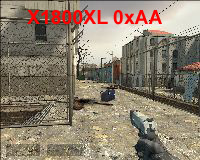
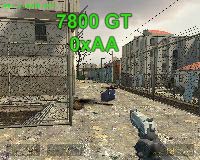
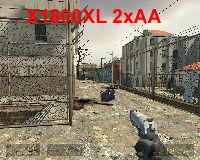
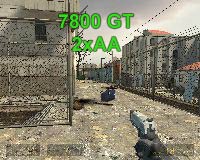
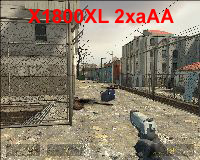
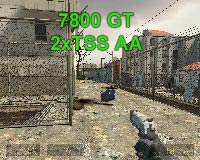
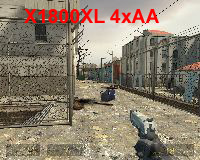

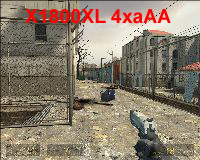
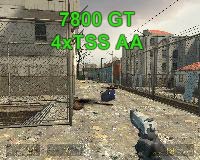
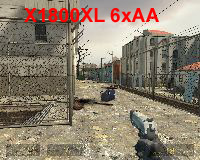
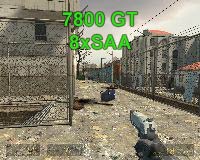
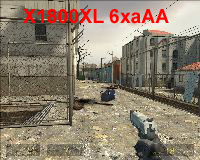
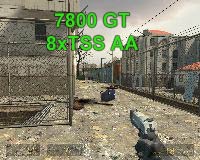





Want to comment? Please log in.